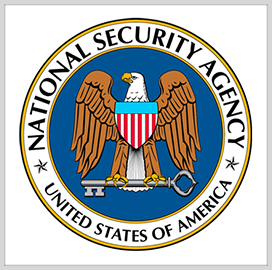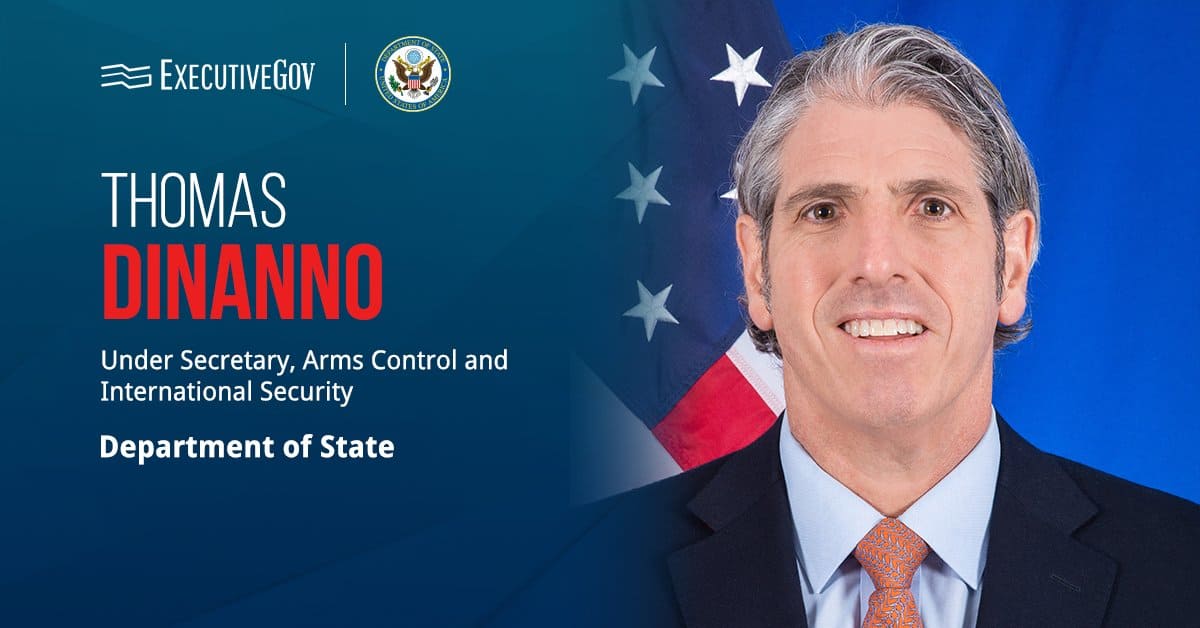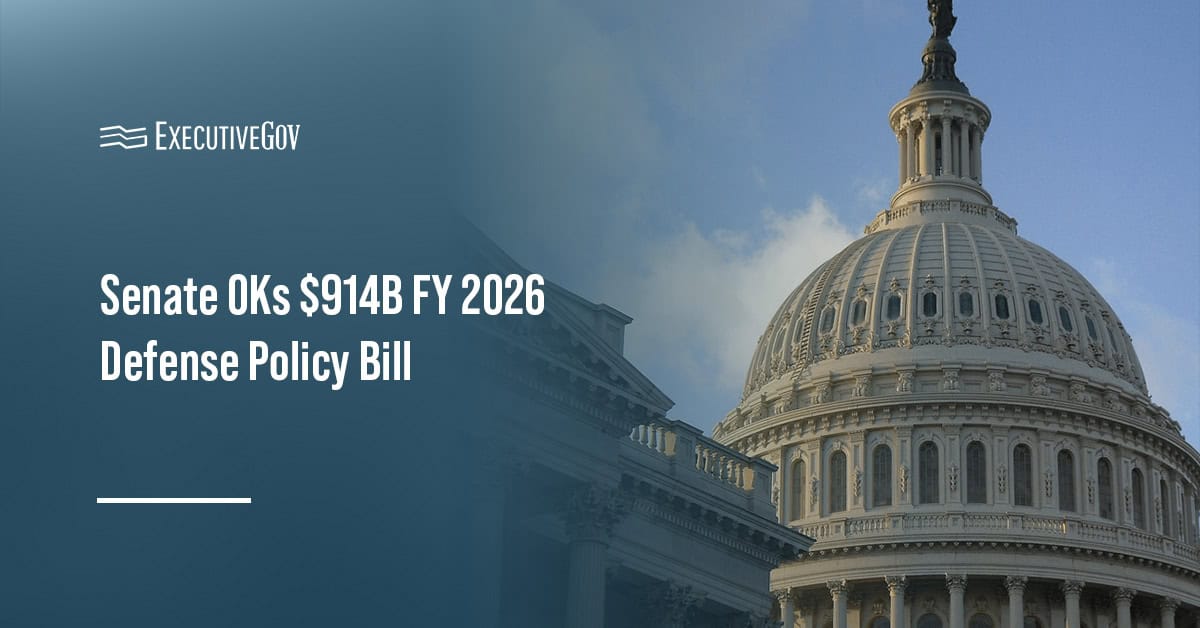The National Security Agency has released the cybersecurity information sheet on the seventh and final pillar of the Department of Defense’s zero trust framework.
The CSI, titled “Advancing Zero Trust Maturity Throughout the Automation and Orchestration Pillar,” is also the eighth in a series of documents that offer guidance to various network owners, including the DOD, in implementing cybersecurity measures like zero trust, the NSA said Wednesday.
The document highlights three areas where automation and orchestration should be put to use: in repetitive, predictable tasks; when enhancing critical functions; and when coordinating security operations and incident response.
The six other ZT framework pillars are the following:
- The user pillar
- The devices pillar
- The network and environment pillar
- The data pillar
- The application and workload pillar
- The visibility and analytics pillar





